Beer Day, or "Bjórdagurinn" is celebrated in Iceland every year on March 1st in recognition of the end of 74 years of prohibition on the sales of beer. Originally the law, passed by a public referendum, went into effect on January 1, 1915 and banned all alcoholic drinks.
The complete ban was partially lifted to allow the sale of wines due to economic pressure from Spain in 1921, which refused to buy any of Iceland's main export, fish, unless Iceland bought Spanish wines. Another vote in 1935 lifted the ban on spirits, but strong beer was not included in the vote to please the temperance lobby, which believed that since beer was cheaper than hard liquor, it's consumption would be greater and lead to more drunkenness and depravity.
Beer Day arrived on this date in 1989, after a nationally televised live 13-8 vote in Iceland's Parliament, and was celebrated by crowds despite the 14º F temperatures for their first taste of real beer. The day went without incident, despite predictions to the contrary.
The number of liquor licenses in Reykjavik rose by 47% the first year and total alcohol consumption rose by 23%, with the most popular brands of beer being Viking followed by Thule.
In a country ranked #1 in economic opportunity and quality of life, it doesn't get any better than Beer Day, as the country with the longest work week in Europe lets down it's hair and samples a variety of different brews as celebrations are held in pubs, restaurants and clubs, continuing long into the night.
While team handball is considered to be the national sport of Iceland, having won the silver medal at the 2008 Olympics in Beijing, soccer is also popular.
Hockey in Iceland was first played around 1950, but artificial ice did not arrive until 1987 and the first of three indoor rinks not until 1997.
The most famous group of Icelandic hockey players were immigrants to Canada, who were discriminated against by the Canadians. Having taken up the game of hockey, they were forced to establish their own teams within the Icelandic community in Manitoba. In 1909 they established a single club, the Falcon Hockey Club, and a new league, the Manitoba Independent League, which included teams not allowed into the established Winnipeg City League.
The City League responded by allowing the best teams from the MIL into the WCL to diminish the upstart league. The Winnipeg Falcons would persist, and applied to participate in the Canadian Amateur Championship for the Allan Cup, awarded to the senior men's champions of Canada. After being repeatedly rejected, they were finally admitted in 1919-20 and won the championship in their first try, earning the right to represent all of Canada in the 1920 Olympics, the first appearance of ice hockey at the Olympics.
The Falcons defeated Czechoslovakia 15-0 in the quarterfinals, the United States 2-0 in the semifinals and easily handled Sweden 12-1 to become the first Olympic hockey champions with a team made up of Icelandic players.
The Iceland National Hockey Team is currently ranked 35th in the world out of the 49 ranked nations and has 60 registered senior male players. They played their first international game at the senior level on April 14, 1999 at the lowest rung of the IIHF ladder system, Pool D.
Iceland U18 National Team
Iceland hosted the Pool D championships in 2000, placing 5th of the 9 teams. With the reorganization of the system, Iceland was now placed in Division II in 2002, where they finished 5th and then 6th in 2003 and were placed in then newly created Division III for 2004. There, they won promotion to Division II with a 3-0-1 record, which included a 30-0 win over Armenia.
They finished 6th and last in 2005, dropping back down to Division III for 2006, where they once more earned a promotion back to Division II with a 4-0 record. They finished 4th to maintain their place in Division II, where they finished 5th in 2008 and 2009 and rose to 3rd for their highest finish in the history of the program in 2010, which they repeated again in 2011.
When the IIHF reconfigured their ladder system for the 2011-12 season, Iceland not only was placed in the upper half of Division II, Group A, they hosted the tournament in Reykjavik at Laugardalur Arena. Facing tougher competition that with the previous system, Iceland still fared well, winning their first two games and finishing fourth to maintain their place in the group they have continued to improve, finishing 3rd in 2013 and 2nd in 2014. This April they will host the 2015 Division II Group A tournament in Reykjavik once again, with hopes of earning a promotion to Division I Group B.
The team is primarily made up of players from the now six clubs in Iceland, but the 2014 team did have six players who were playing outside of Iceland, three in Denmark, one in Norway, one in Austria and three in Sweden, a real a sign of progress for the Icelandic hockey community.
Iceland also competes at the Division II Group B level of the men's U20 Junior Championships and Division III Group A of the U18 Junior Championships, and has 376 registered junior players, a sign that the growth of Icelandic hockey is well underway.
The logo for Ice Hockey Iceland tells an interesting story, featuring the Icelandic Falcon, the largest wild Falcon in the world. The white represents a glacier and the bottom is fire, to represent a volcanic eruption, which is in the shape of a maple leaf to honor the Winnipeg Falcons, the 1920 Olympic hockey champions who were of Icelandic decent.
The domestic Icelandic Hockey League dates back to 1991 and is comprised of six teams, four of which are in Reykjavik, with the other two in Akureyri in the north, home of the league's most dominant team Skautafélag Akureyar, who have won 17 of 23 championships to date. As recently as 2009, the league was just three clubs, but has now expanded to double it's previous size.
 Reykjavik
Reykjavik
Today's featured jersey is a 1998 Iceland National Team Hallur jersey worn in the U20 Junior Championships and features the IIHF 90th Anniversary patch worn in 1998 in the various IIHF championships that year. The name is sewn on twill, while the numbers are heat sealed onto this highly attractive jersey, especially with the addition of the anniversary patch.
As one would expect, footage of the Iceland National Team is not the easiest thing to come by, but we think we have managed to assemble some items of interest for you in today's video section.
But wait! Check this out, Greece taking on Iceland in the 1999 World Championships in Division III. Youtube totally rocks.
Good seats still available by the way. Be sure not to miss Mr. Chest Hair and Gold Chains at the 3:14 mark. We suspect he's a supporter of Greece for some reason...
A commercial for Thule beer and a history lesson on the Cod War. Who knew a beer commercial could be so educational?
Apparently they drink more than beer in Iceland, as proven by this commercial.
Speaking of lessons, here is an introduction to the Icelandic language with the lovely Natalja.
Finally, our favorite Icelandic export, Lazy Town!
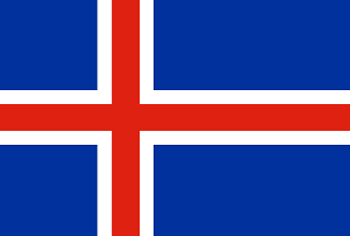
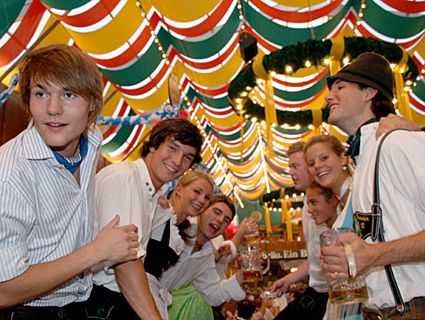
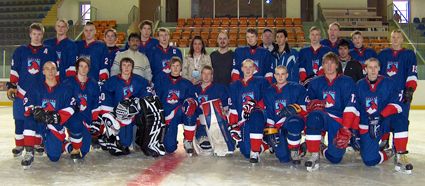


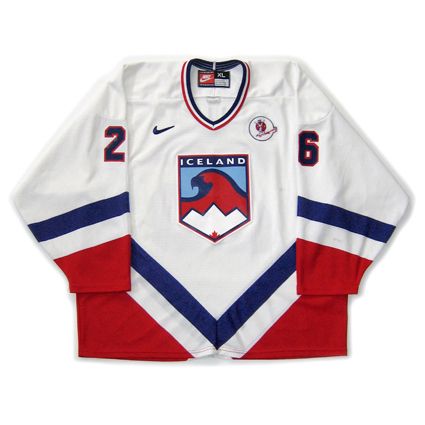
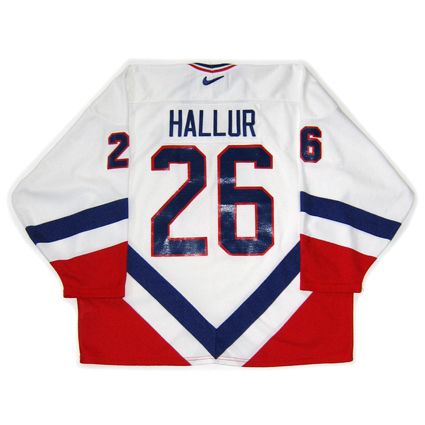
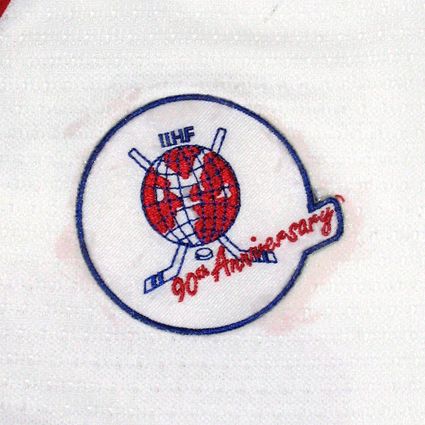











No comments:
Post a Comment
We welcome and encourage genuine comments and corrections from our readers. Please no spam. It will not be approved and never seen.